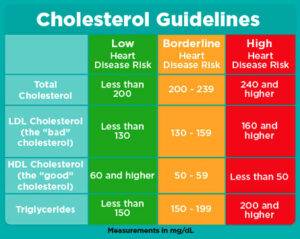What Are The Causes, Signs and Symptoms of Alzheimer? | Guide For Caregivers.
Do you ever feel like you keep forgetting something, or things just keep slipping away from your mind without any reason? Have you ever felt that you went to the kitchen to grab something but struggled to remember what that was?
Well, this forgetfulness may be a part of Dementia or an early feature of Alzheimer’s Disease. But don’t get scared by these medical terms, as they are not always present. As a matter of fact, these thoughts and memories are generated, interpreted, and communicated among the brain neurons themselves, so frequent forgetfulness can give a clue about a glitch in your brain or its faulty function.

Alzheimer’s disease is a disease related to memory storage and regeneration. As scary as it sounds, it is mainly a disease of the elderly and mostly runs in families. So, if your family has no Alzheimer’s association, this article might not be for you. But wait! Even if you don’t have a family member struggling with Alzheimer, you can always help as a caregiver, so do give this article a read.
Alzheimer's Disease – A Detailed Overview:
First off, we need to know the definition of Alzheimer’s in order to understand its concept. Alzheimer’s disease is a neurodegenerative disease with the sneaky onset and progressive impairment of cognitive and behavioral functions, including comprehension, memory, reasoning, language, attention, and judgment. (1)
Alzheimer’s disease is a vast topic that weighs heavy on the hearts and minds of the diagnosed and their families. It is a progressive brain disorder that affects millions of people worldwide, slowly deteriorating their memories, behavior, and abilities to communicate, walk in familiar surroundings, and other cognitive functions. Being a degenerating disease, it has no known cure. It profoundly impacts those who are diagnosed, as well as their families and loved ones.
While the medical community continues to explore the underlying causes and potential treatments for Alzheimer’s, it remains a formidable challenge and a deeply troubling reality for those affected.
Alzheimer's and its Relationship with Age:
Alzheimer’s disease and its association with age have always been debated among medical peers. As it is a progressive degenerative disease of the brain, it usually takes time to start its symptoms which reach their peak as the person reaches old age.
The brain function which mostly gets affected is memory storage and cognition. To actually interpret why that is so, we need to know a little bit about the anatomy of the brain and what brain part controls memory. The hippocampus is the most commonly affected part of the brain, concerned with learning and memory.
It has become increasingly clear under the light of many studies that while neuronal cell loss in the cortex and hippocampus occurs in Alzheimer’s disease, it is preceded by a previous long period of deficits in the hippocampal formation that contributes to the vulnerability of these circuits. (2)
Causes of Alzheimer's Disease:
In order to understand and better combat a disease, we must know the causes of the disease because that’s how we are going to defeat our enemy – or in this case, keep Alzheimer’s from attacking for as long as we can. With that being said, it is important to know that there is no possible cure for Alzheimer’s disease; yes a pretty bad illness to suffer from.

The exact cause of Alzheimer’s is not known, but the initial attack and its progression depend upon a variety of factors like aging, the genetic makeup of the body, lifestyle factors like poor diet and lack of exercise, chronic inflammation in the brain, and exposure to certain toxins in the environment.
If we talk about aging, not everyone in their late decades of life gets Alzheimer’s. Still, it is called the disease of old age because of the increasing risk of its development, provided that the other risk factors are also present. The reason for being prevalent in certain families is that specific genetic composition favors the development of Alzheimer’s.
But it is not always true, as Alzheimer’s is not an inherited disorder. Chronic inflammation in the brain and exposure to toxins like pesticides and heavy metals may also play a role in the development of Alzheimer’s.
If we get a little technical, Alzheimer’s disease is a chronic neurodegenerative disease, mostly affecting the medial temporal lobe and associated cortical structures. Neuritic plaques and neurofibrillary tangles show the pathological hallmarks of Alzheimer’s. (3)
Early Signs and Symptoms of Alzheimer's:
Alzheimer’s disease is a very sneaky disorder that remains unrecognized for a longer period of time. It shows some non-specific symptoms every now and then, like forgetting the names of relatives, phone numbers, and familiar places.
A layperson may not notice such discrepancies and may present to a healthcare facility at the late stages of the disease.

The initial and the most common presenting symptom is episodic short-term memory loss with relative sparing of long-term memory, which can be elicited in most patients. Short-term memory impairment is followed by impairment in:
- problem-solving
- judgment
- executive functioning
- lack of motivation
- disorganization, leading to problems with multitasking and abstract thinking.
In the early stages, impairment in executive functioning ranges from subtle to significant. (4)
Tips and Strategies For Caregivers:
Taking care of a patient with Alzheimer’s can be a very tiring, emotional, and challenging experience. It may require a lot of patience and dedication to fulfill this duty.
Management uses psychoeducation, shared goal setting, and patient-caregiver dyad decision-making. When combined, pharmacologic and nonpharmacologic therapies mitigate symptoms and reduce clinical progression and care burden. (5)

- The first thing you can do is to learn thoroughly about the disease. Know the basic symptoms and management strategies to create a plan for how you will approach and take care of a patient with Alzheimer’s.
- Establishing a routine can help reduce anxiety and confusion and help you plan for daily activities and tasks. Be patient and understanding, and avoid correcting or arguing with your loved one.
- Make changes to the home environment to ensure their safety, such as removing tripping hazards and labeling household items. Encourage them to stay socially active and maintain connections with friends and family. Take care of your own physical and emotional well-being.
- Don’t hesitate to seek help and support from family, friends, or support groups. Remember that caregiving is a journey, and it’s important to approach it with patience, compassion, and a willingness to learn and adapt to changing needs.
- In addition to the above-mentioned strategies, you can help them with daily living activities, such as dressing, bathing, and grooming. You can also prepare healthy meals and snacks and encourage them to eat a balanced diet. It’s important to monitor their medication schedule and keep track of any changes in their symptoms or behavior.
- You can also consider hiring a professional caregiver to provide additional support. Always remember that communication is the key. Try to communicate with your loved one, involve them in decision-making as much as possible, and show them love and compassion throughout their journey with Alzheimer’s disease.
Common Challenges and Concerns:
Caring for someone with Alzheimer’s can be rewarding and challenging, and caregivers may face various difficulties. One of the most challenging aspects of caring for someone with Alzheimer’s is dealing with mild to extreme behavioral changes.
People with Alzheimer’s may experience agitation, aggression, and irritability, which can be difficult to manage and require continuous supervision. Communication difficulties are also common, as the disease can affect a person’s ability to express themselves and understand others. This can be frustrating and challenging for both the patient and the caregiver.
Caregiver burnout is another difficulty faced by those caring for Alzheimer’s patients. Caregiving can be emotionally and physically tough, and caregivers, as a result, may experience exhaustion, stress, and other health problems.
The financial strain of managing Alzheimer’s disease can also be challenging, as medical bills, home modifications, and other costs can quickly add up. Caregiving responsibilities can be time-consuming and isolating, and caregivers may feel cut off from their social support networks.
Guilt and grief are also common among caregivers of Alzheimer’s patients. Caregivers may experience feelings of guilt over not being able to provide enough care or for feeling frustrated or angry with their loved one. They may also grieve for losing their loved one’s mental and physical health as the disease progresses. It becomes very emotionally exhausting for the caregiver to look at their loved one in such a deprived state.
Take Care of Yourself:
Caregivers need to seek support and resources to help them manage the challenges mentioned above. Let’s be honest; you are human too. Respite care, support groups, and counseling can provide caregivers with all the support and guidance they need to manage their caregiving responsibilities effectively.
Caregivers should also take care of their own physical and emotional well-being by exercising regularly, eating a balanced diet, getting enough sleep, and taking time for themselves. By taking care of themselves, caregivers can maintain their ability to provide quality care to their loved ones with Alzheimer’s.
References:
- Kumar, A., Sidhu, J., Goyal, A., & Tsao, J. W. (2022). Alzheimer Disease. In StatPearls. StatPearls Publishing.
- Lazarov, O., & Hollands, C. (2016). Hippocampal neurogenesis: Learning to remember. Progress in neurobiology, 138-140, 1–18. https://doi.org/10.1016/j.pneurobio.2015.12.006
- De-Paula, V. J., Radanovic, M., Diniz, B. S., & Forlenza, O. V. (2012). Alzheimer’s disease. Sub-cellular biochemistry, 65, 329–352. https://doi.org/10.1007/978-94-007-5416-4_14
- Kumar A, Sidhu J, Goyal A, et al. Alzheimer Disease. [Updated 2022 Jun 5]. In: StatPearls [Internet]. Treasure Island (FL): StatPearls Publishing; 2023 Jan-. https://www.ncbi.nlm.nih.gov/books/NBK499922/
- Atri A. (2019). The Alzheimer’s Disease Clinical Spectrum: Diagnosis and Management. The Medical clinics of North America, 103(2), 263–293. https://doi.org/10.1016/j.mcna.2018.10.009
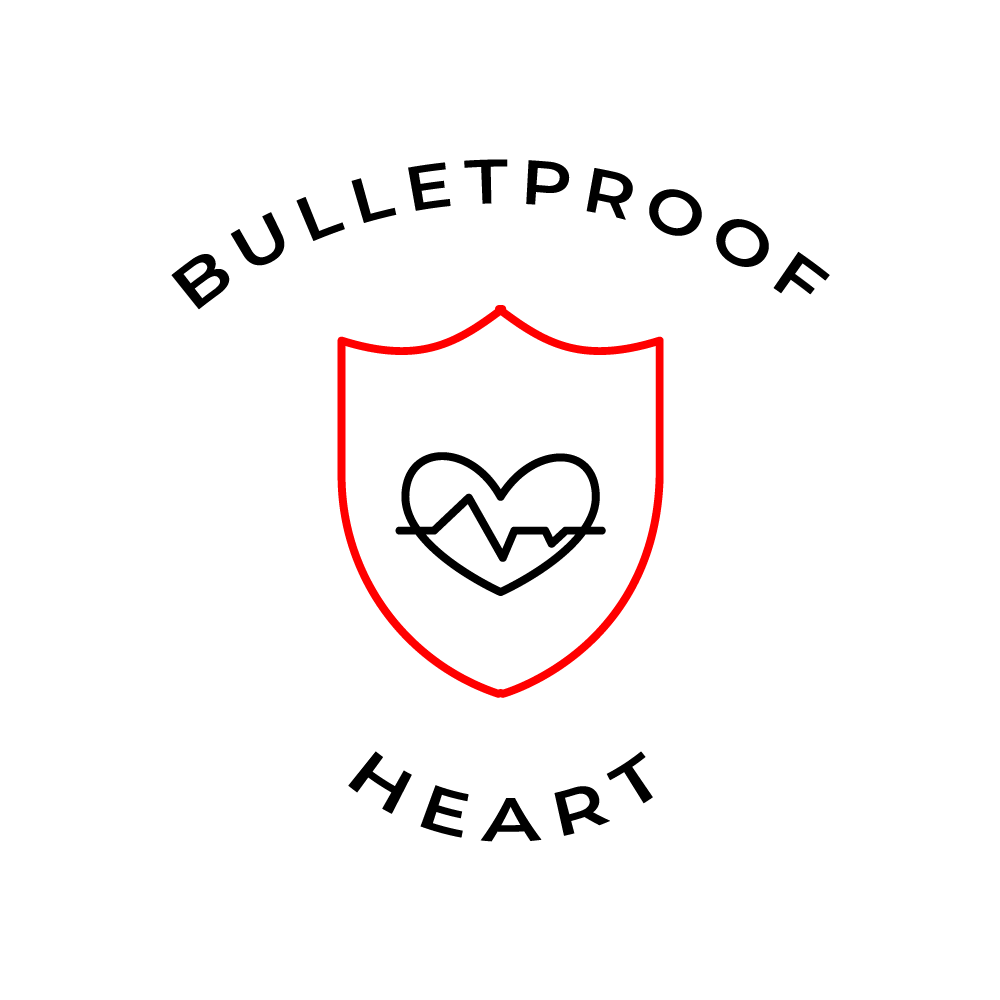





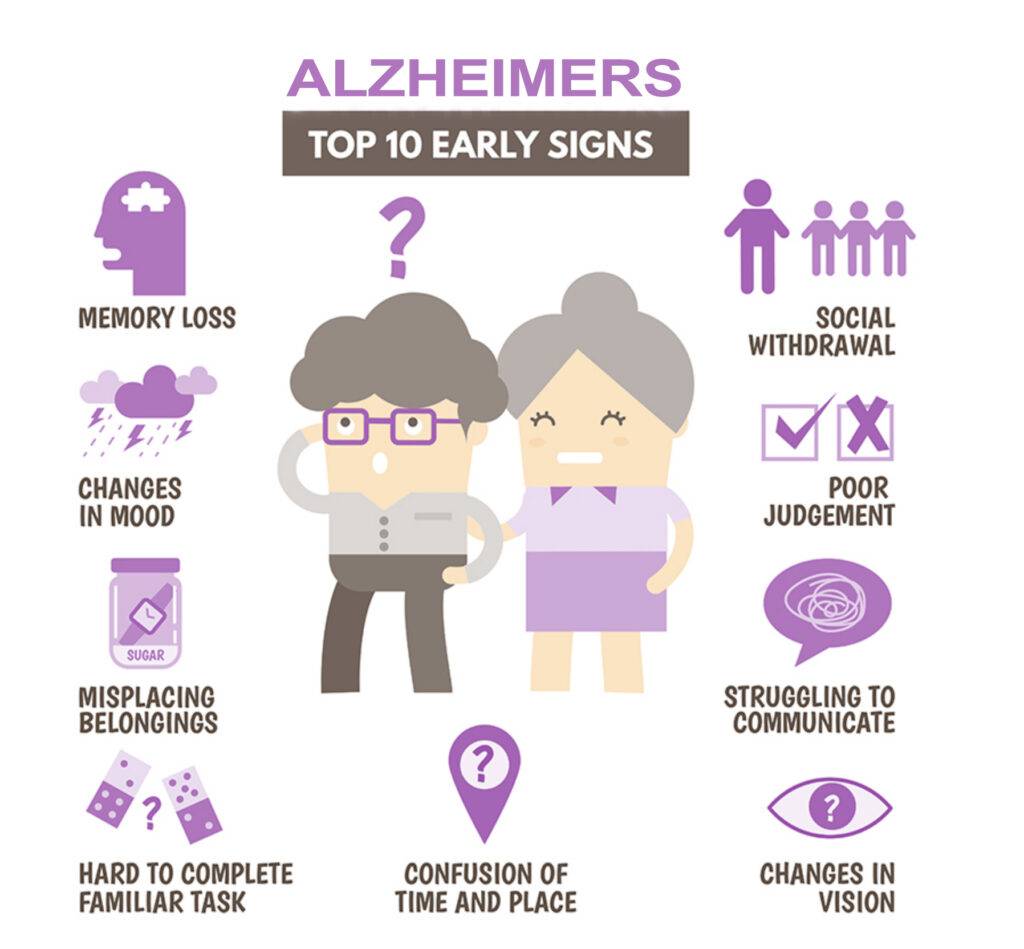

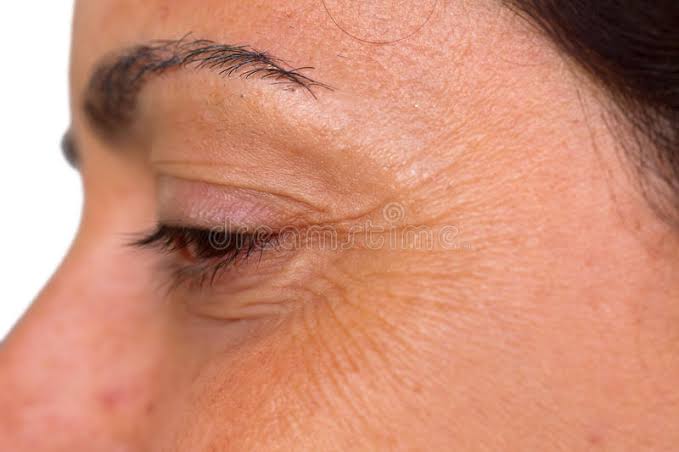
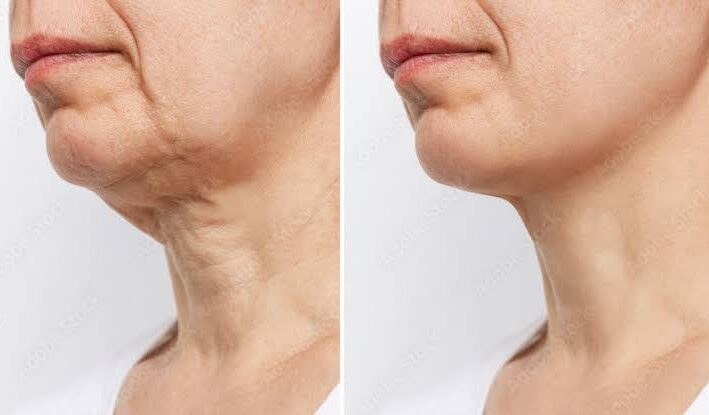
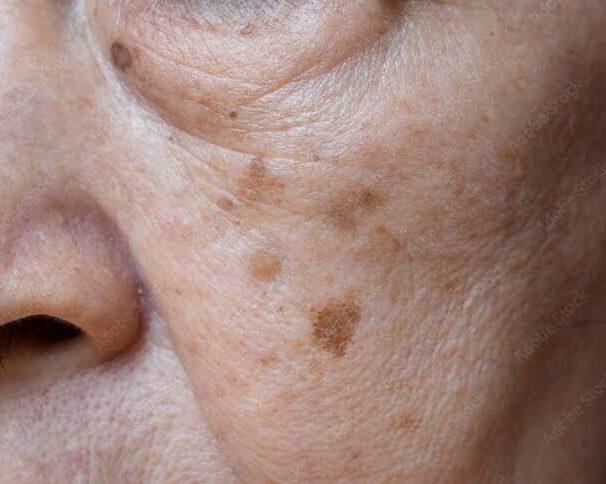
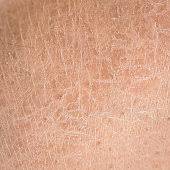
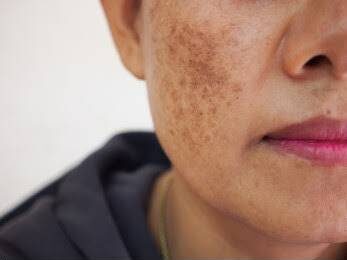
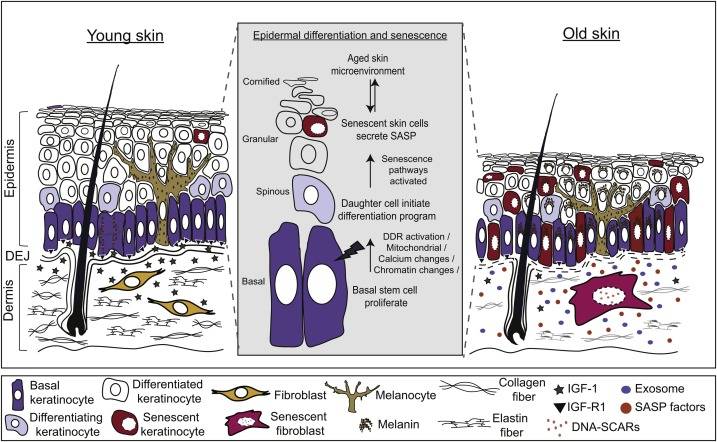
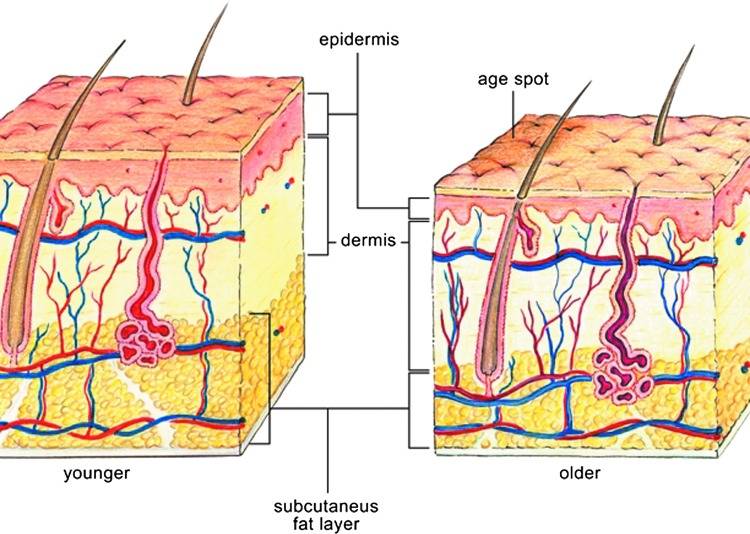
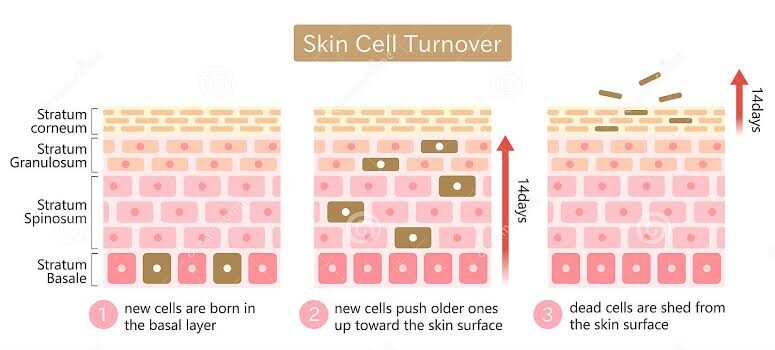

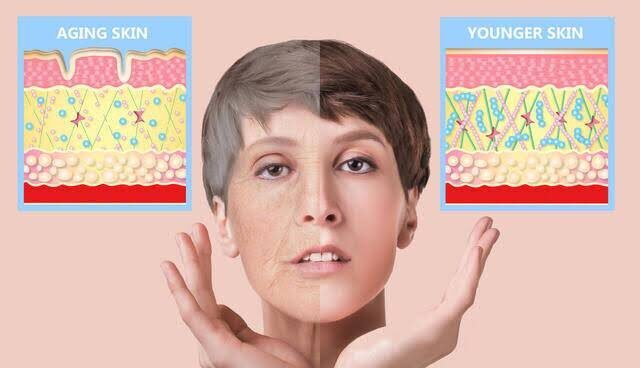
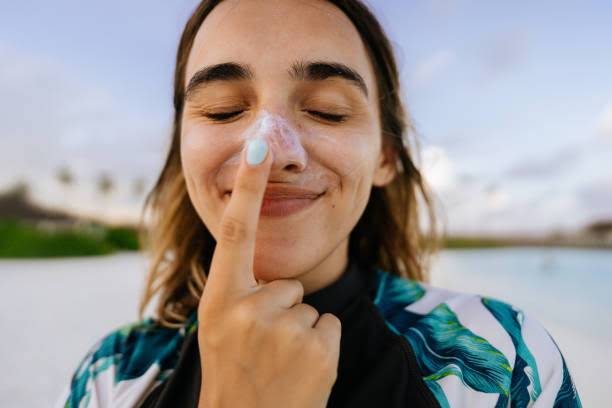









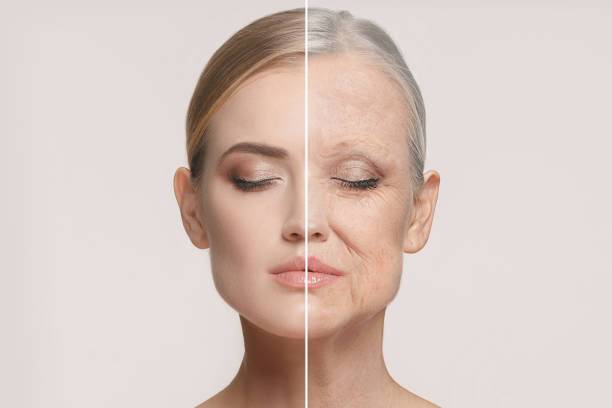
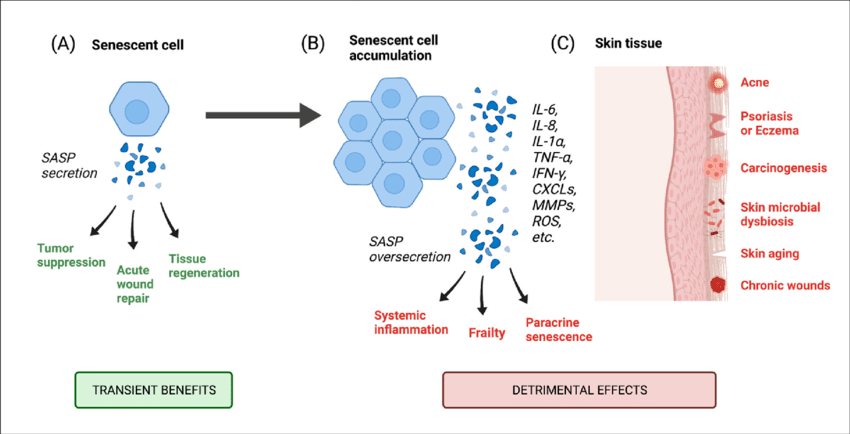

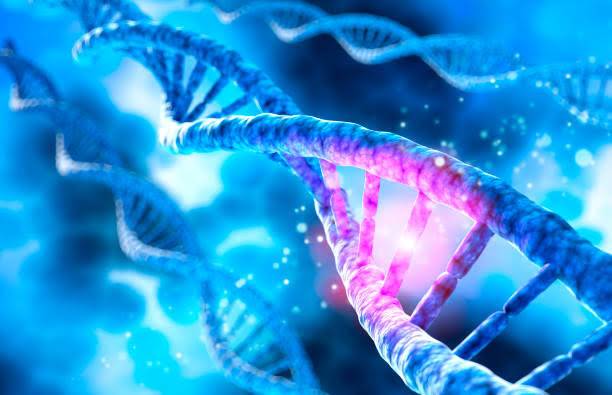
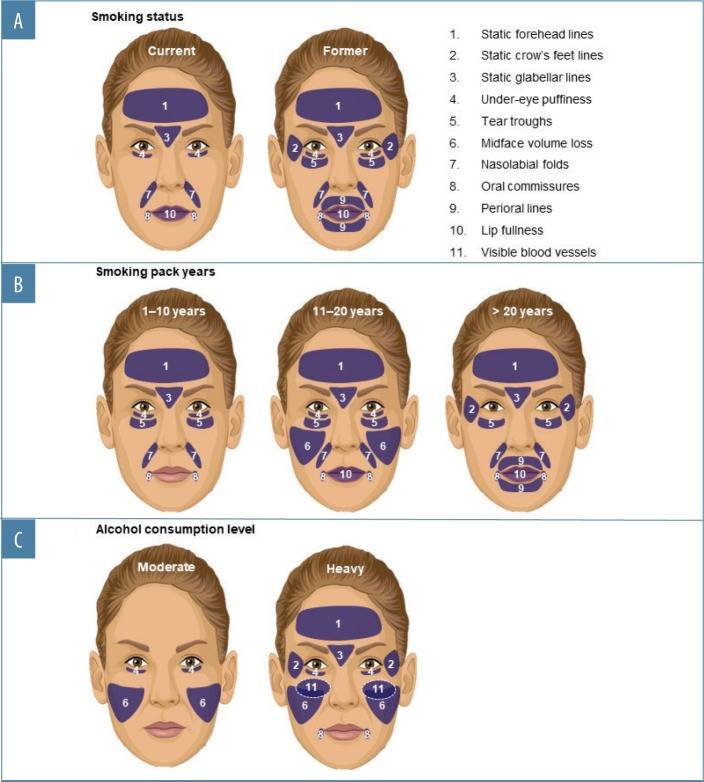




 Everyone is familiar with obesity, a significant health concern affecting almost 41.9% of Americans in 2017, previously 30.5% back in 2000. (1) In 2014, about 30% of the world’s population was obese. Research says that if the incidence of obesity remains at the same rate, half of the world population suffers from obesity until the end of 2030. (2)
Everyone is familiar with obesity, a significant health concern affecting almost 41.9% of Americans in 2017, previously 30.5% back in 2000. (1) In 2014, about 30% of the world’s population was obese. Research says that if the incidence of obesity remains at the same rate, half of the world population suffers from obesity until the end of 2030. (2)
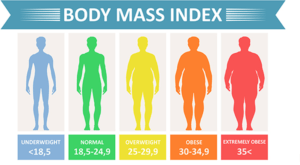


 The absence of physical activity in daily life is one of the main culprits behind the development of obesity in most individuals all around the globe. People, after excessive food intake and performing their daily tasks, think that they have done enough to live a healthy life. But contrary to it, they have done nothing. So, in addition to daily activities, a proper time for physical activity in the form of any outdoor game is necessary for a healthy lifestyle. A moderate-intensity aerobic exercise for 150 minutes per week is recommended for having healthy life by the Health and Social Care Department. (6)
The absence of physical activity in daily life is one of the main culprits behind the development of obesity in most individuals all around the globe. People, after excessive food intake and performing their daily tasks, think that they have done enough to live a healthy life. But contrary to it, they have done nothing. So, in addition to daily activities, a proper time for physical activity in the form of any outdoor game is necessary for a healthy lifestyle. A moderate-intensity aerobic exercise for 150 minutes per week is recommended for having healthy life by the Health and Social Care Department. (6)
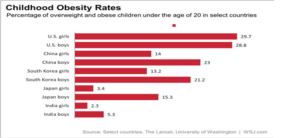
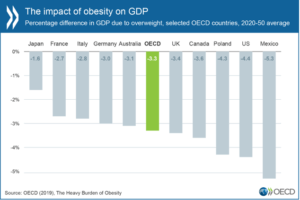
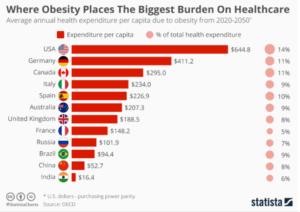
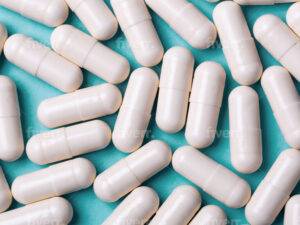
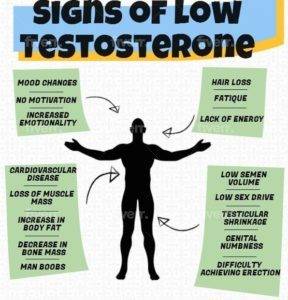

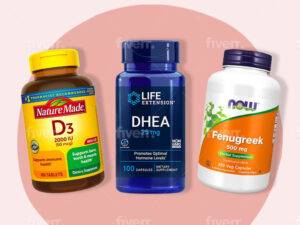

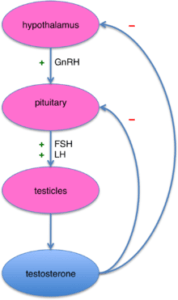
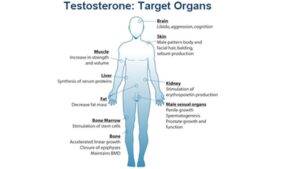
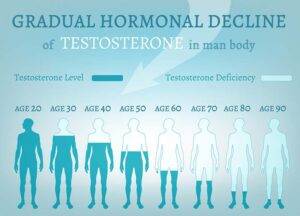
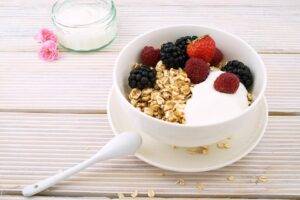

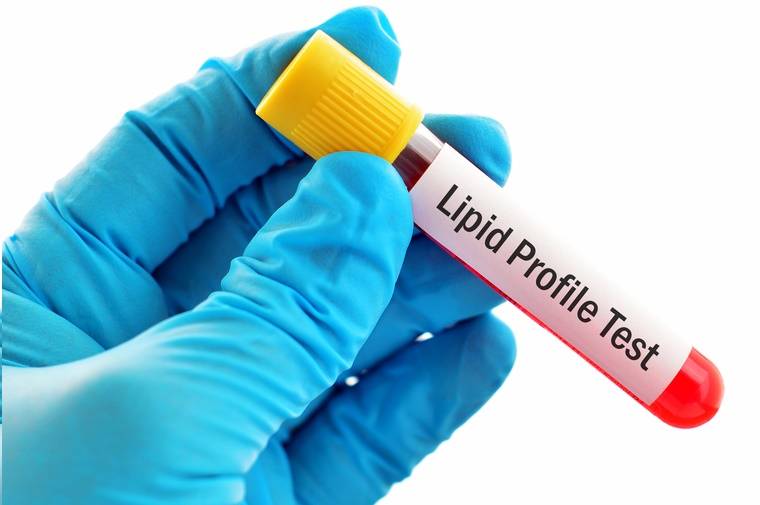
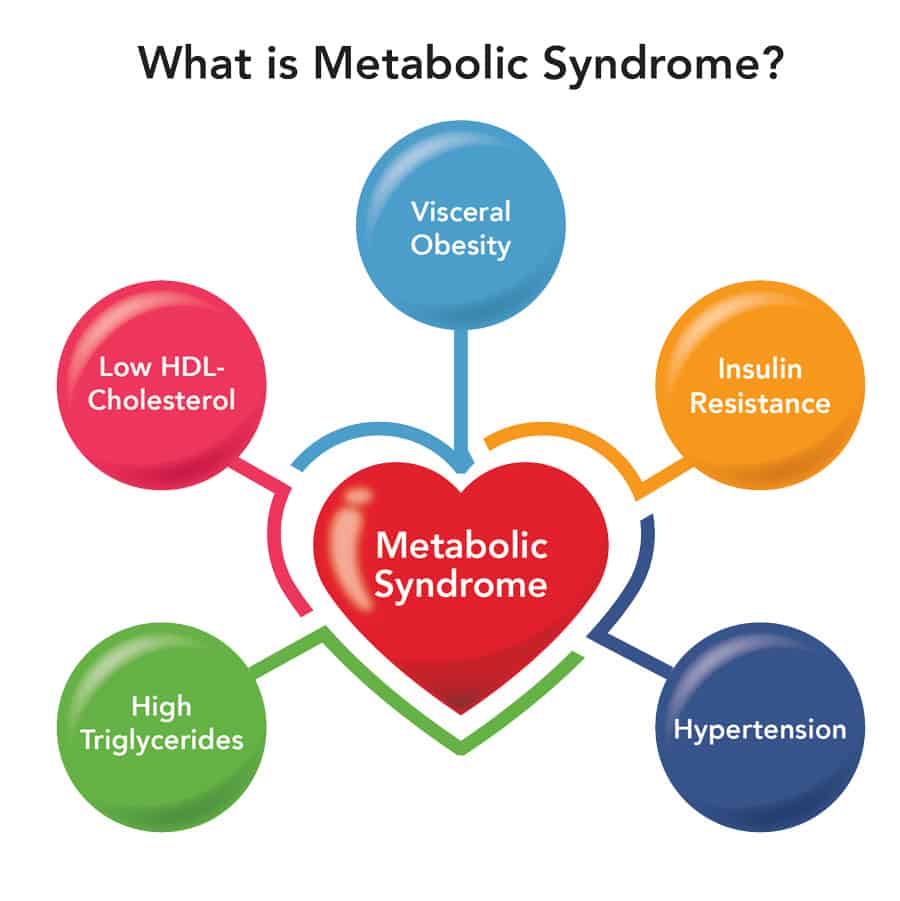
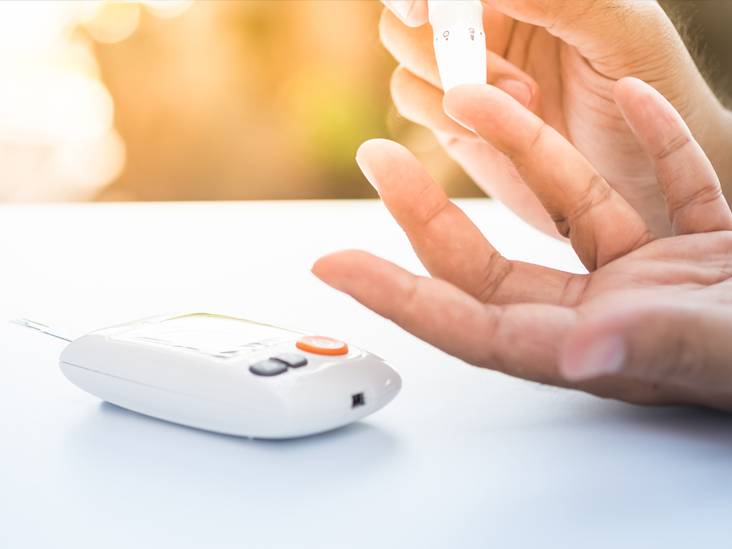
 Until now, we have discussed cholesterol, its relation with the cardiovascular system, causes, risk factors and myths, and their facts. You may find it strange that the amount of cholesterol in your diet and blood are two different things. The body tightly regulates the cholesterol level in the blood by controlling its production of cholesterol. When your dietary cholesterol intake goes down, your body makes more; when intake increases, your body makes less amount of cholesterol. Because of this, dietary cholesterol has very little impact on blood cholesterol levels in most people (1).
Until now, we have discussed cholesterol, its relation with the cardiovascular system, causes, risk factors and myths, and their facts. You may find it strange that the amount of cholesterol in your diet and blood are two different things. The body tightly regulates the cholesterol level in the blood by controlling its production of cholesterol. When your dietary cholesterol intake goes down, your body makes more; when intake increases, your body makes less amount of cholesterol. Because of this, dietary cholesterol has very little impact on blood cholesterol levels in most people (1).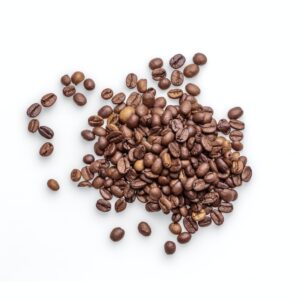
 Your cholesterol numbers show how much cholesterol is circulating in your blood. Good cholesterol (HDL cholesterol) is one number you would want to be high. Bad cholesterol (LDL cholesterol) should be low. Your cholesterol numbers are important because they help you know your risk for heart disease. Cholesterol helps your body perform many important functions. But too much cholesterol is bad for your health. It can accumulate in your arteries and damage their integrity, leading to atherosclerotic plaque formation.
Your cholesterol numbers show how much cholesterol is circulating in your blood. Good cholesterol (HDL cholesterol) is one number you would want to be high. Bad cholesterol (LDL cholesterol) should be low. Your cholesterol numbers are important because they help you know your risk for heart disease. Cholesterol helps your body perform many important functions. But too much cholesterol is bad for your health. It can accumulate in your arteries and damage their integrity, leading to atherosclerotic plaque formation.